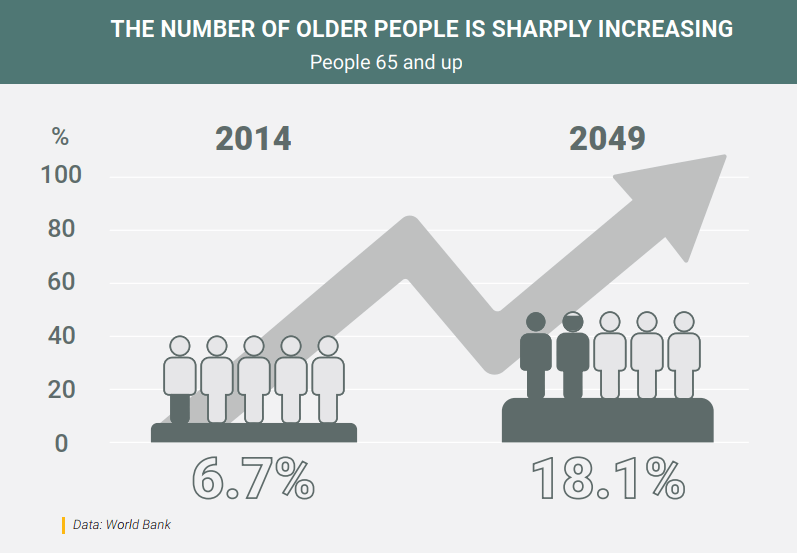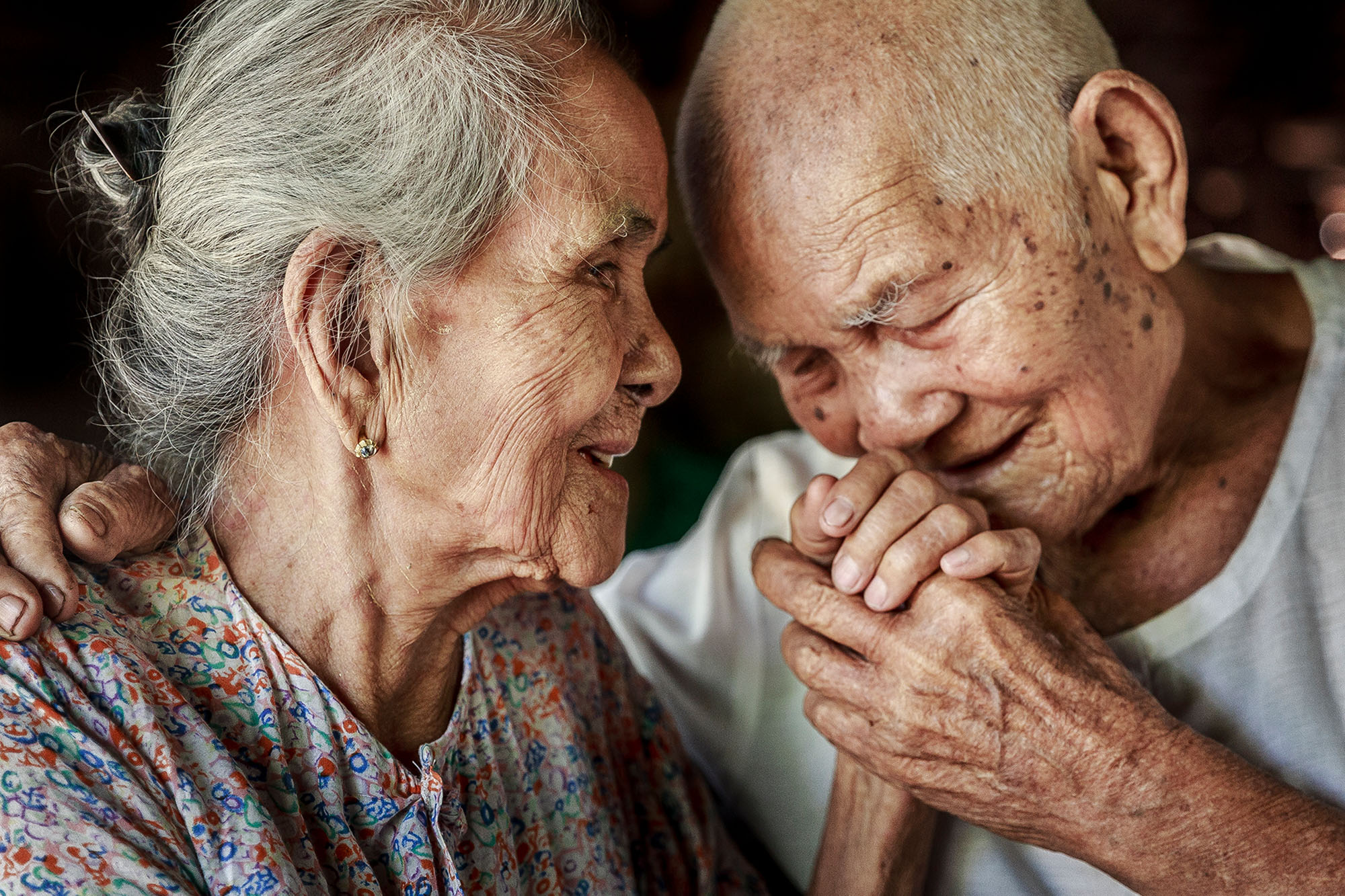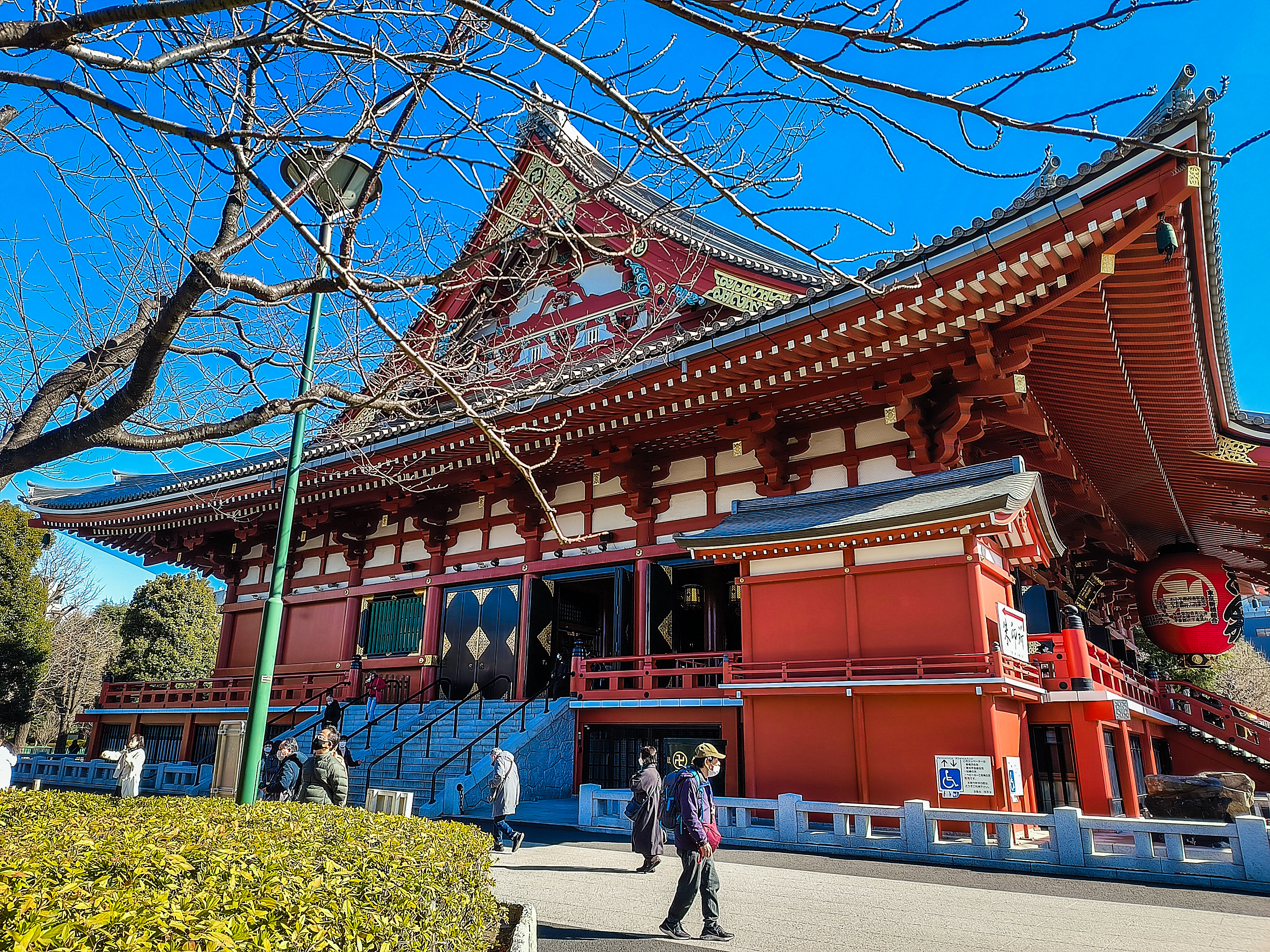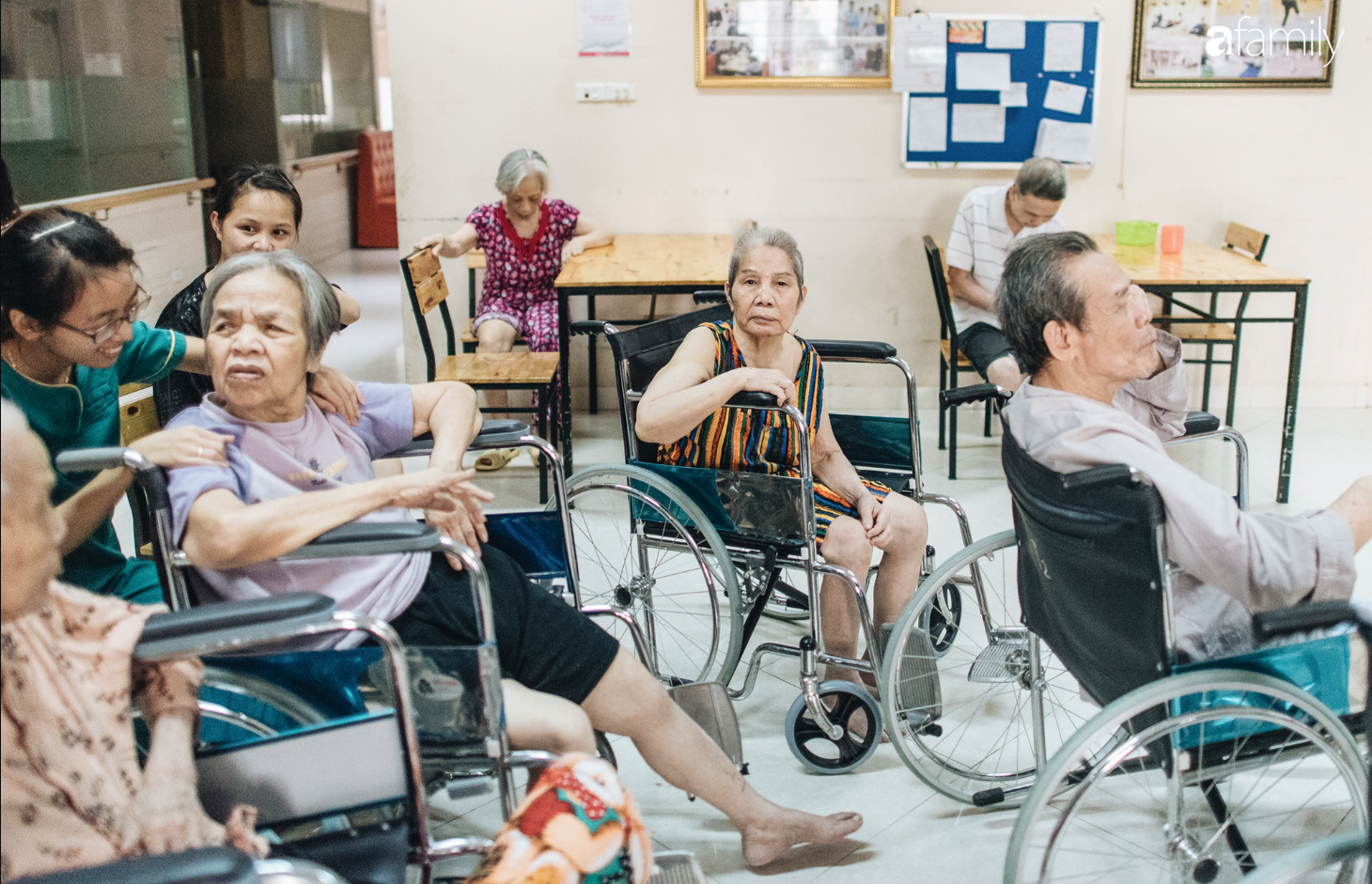
EM – Vietnam is amidst the golden population structure period, but the rate of population aging is increasing rapidly. So, what needs to be prepared to accommodate the “Silver Tsunami” gently without crisis and conflict?
In April 2023, Vietnam officially reached the milestone of 100 million people. With the new milestone, Vietnam is now the 15th most populous country in the world and its population density ranks 41st. Regarding yearly income per capita, Vietnam is ranked 121st at $4,010.
2023 is also the time when the country has passed through half of the golden population period. According to the United Nations Population Fund (UNFPA), Vietnam’s golden population period began in 2007 and is expected to end in 2039.
In the medium fertility scenario, by 2049, the number of elderly people will increase to 19.6 million and account for about 18.1% of the population.

Besides the story of population aging, the elderly in Vietnam struggle with low health quality and the burden of dealing with “double diseases”. Many studies have shown that on average, each elderly person has three diseases, and the rate of facing the risk of disability due to the aging process is high.
According to the report on the implementation of population work in the first 6 months of 2022 of the General Department of Population and Family Planning, the average life expectancy of Vietnamese people has increased (73.5 years) but the number of years living healthy is much lower than other countries. The average number of years living healthy is only 64 years. In particular, 67.2% of them have poor or very weak health conditions.

With a falling fertility rate and rising life expectancy, Vietnam became an aging society in 2015 and is projected to become aged in 2035 (according to the World Bank) or possibly later in 2039 (according to UNFPA).
Therefore, Vietnam will only have about 20 years to transition from the population aging period to the aged population, which is shorter than other developed countries like Japan and China (26 years), the US (69 years), and France (115 years).
An aged society has significant impacts on socio-economic development, necessitating countries to overhaul their social service systems and technical infrastructure. This transition will be extremely expensive and will require significant resources. Therefore, it is crucial to start preparing for this shift early on.
In the 1960s, the population of Japan was predominantly young, with only 6% of them being 65 years old or above. However, Japan has been steadily improving its social protection policies and programs for the elderly since then. This has become even more crucial in the next decades as the population has started aging rapidly.
In 1994, the Japanese government passed the Law for Buildings Accessible to and Usable by the Elderly and Physically Disabled Persons – It is also called the “Heartful Building Law”, which aimed to improve public infrastructure for elderly individuals.
Six years later, in 2000, Japan continued to pass the Law for Promoting Easily Accessible Public Transportation Infrastructure for the Elderly and Disabled Persons – It is also called the “Traffic Barrier-free Law”. These two laws are also the first legal framework for the new Barrier-Free Law 2006.
Inclined elevator installed at Akasaka-mitsuke Station, Tokyo
Japan has done an excellent job in preparing for an aging society. The country has developed a comprehensive system that includes social security policies and public transportation infrastructure.
As a result, elderly people and those with disabilities have “barrier-free” access to airports, train stations, shopping centers, hotels, and other public places. The infrastructure includes wheelchair ramps, multi-purpose toilets, tenji blocks (yellow tactile paving), talking ticket vending machines,… and elevators, making it easier for everyone to get around.
In the last two decades, Japan has been consistently working towards improving accessibility for all individuals by installing elevators in public buildings. Even in old buildings, elderly and disabled people have the option to use wheelchair lifts, escalators with integrated wheelchair functions, or elevators.
Elevators and escalators installed in pedestrian bridge areas
Elevator installation is widespread in Japan, even in temples and pagodas such as the Sensoji temple in Asakusa and the Naritasan Shinshoji temple complex in Narita city. Pedestrian bridge areas, walkways around subway stations, and other public spaces have also been equipped with elevators and escalators to serve the elderly and disabled population.
Japan has long implemented regulations to ensure that people with disabilities can use elevators safely and independently.
For instance, there must be enough space for wheelchair users to enter and exit elevators, the closing mechanism of elevator doors must be adjusted to allow adequate entry times for the elderly and disabled, and call buttons in the elevator lobby must be placed at a height that wheelchair users can easily reach. Additionally, all control buttons must include braille and floor stop announcements must be made by loudspeaker.
It is worth noting that Japan has taken proactive measures to welcome an aging society, including implementing legal regulations, establishing technical infrastructure systems, and providing social services to assist with the transition to an aging society.

Elevator at Sensoji Temple in Asakusa, Japan
Looking at the current reality, is Vietnam fully prepared to take care of the elderly population, both in terms of policies and infrastructure?
Currently, there is only one leading hospital in the country that specializes in geriatric care, which is the Central Geriatric Hospital established in 2016. According to the latest statistics, approximately 20% of provincial hospitals have geriatric departments, mainly in provinces with large populations.
In terms of training, there is still no university with a geriatrics department or nursing specialty that focuses on the elderly. As of now, only Hanoi Medical University and Pham Ngoc Thach University of Medicine (HCMC) have established a geriatric department. These two facilities mainly train human resources for geriatric physicians.
The practice of elderly people living in nursing homes has become almost a norm in many developed countries. Even China, a country that is known for its strong sense of filial piety and the notion that children should take care of their elderly parents, has seen a surge in the trend of nursing home care.
In the meantime, as of December 2020, Vietnam only has about 80 non-public nursing homes and only 32 of the 63 provinces and cities have specialized facilities for the elderly. In Hanoi, there are nearly 20 private nursing homes, while Ho Chi Minh City has fewer than 10 facilities.

According to statistics, Vietnam currently has over 7 million people living with disabilities, accounting for more than 7.06% of the population aged two years and older. This number will continue to increase due to population aging, environmental pollution and especially traffic accidents.
However, it was not until 2002 that the Ministry of Construction issued the building code of construction accessibility for people with disabilities. Accordingly, large construction projects must ensure accessibility for people with disabilities at a minimum level of having paths.
In 2014, the technical regulations on construction for disabled access to buildings and facilities (Circular No. 21/2014/TT-BXD of the Ministry of Construction) were supplemented with many other provisions.
Such as the braille numeral is set on the elevator button; the elevator opening and closing time must be greater than 20 seconds to ensure safety for disabled people; handrails must be arranged in the elevator, etc.
However, according to a survey result in 2019, up to 90% of the surveyed works did not meet the given technical standards. Thus, the number of public works that allow people with disabilities to easily access has only met less than 10% of the actual demand.
Many pedestrian bridges are not being used to their full potential, as elderly and disabled people are unable to access them due to the lack of elevators and other supporting devices
A small number of pedestrian bridges are installed with elevators (pictured: The first pedestrian overpass with elevator in Ho Chi Minh City in front of the gate of the Oncology Hospital)
In such a context, the Government and businesses need to consider a diversified, multi-level infrastructure and service system for an aging society. Urban design must take into account the needs and accessibility of the elderly and people with disabilities.
For example, a high-rise building should have a slow-speed elevator for the elderly, and public facilities (such as pedestrian bridges, or even temples, pagodas, tourist destinations, etc) should also be equipped with elevators to increase accessibility for all.
“Accessible transportation” is a civilized, polite, safe, and convenient transportation system that meets the maximum travel needs of citizens, including the elderly and people with disabilities.
Any comprehensive change must come from a change in awareness of the needs of these two groups. In many countries, this is also one of the first criteria for assessing the level of urban civilization or the modernity of the entire building.
Hence, instead of an aging society coming shortly and bringing with it many shortcomings, Vietnam must engage proactively sooner in developing social security policies, multi-level infrastructure, and service systems to prepare for the aging population phase. This will enable the country to enter this phase in a gentle way, without any crisis or conflict.
Writer: Phương Trang
Design: Trịnh Giang